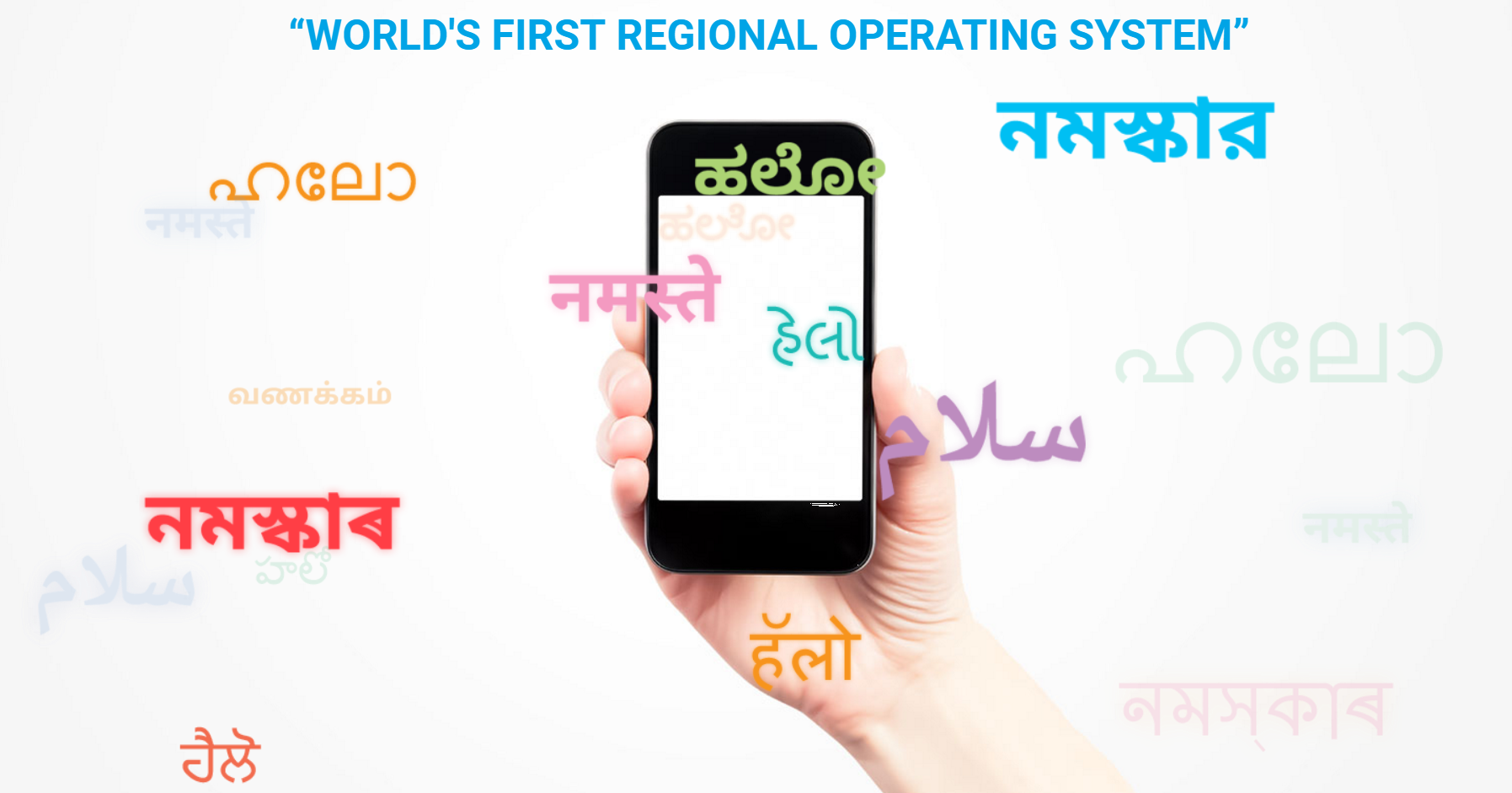Affiliate links on Android Authority may earn us a commission. Learn more.
Everything you wanted to know about Indus OS, world’s first regional operating system
Published onNovember 26, 2016

India’s homegrown operating system, Indus OS, is a multilingual Android fork developed for the regional languages users in the country. Touted as the world’s first multilingual operating system, Indus OS supports 12 major Indian languages at the moment.
Launched in 2014, initially as Firstouch, Indus OS arrived on the scene when it raised $5 million in Series A funding round in January 2015 and in mid-2015 when domestic smartphone maker, Micromax, partnered with the company and announced few smartphones powered by Indus OS instead of stock Android like it had done always. Now, five of the top Indian OEMs – Micromax, Celkon, Swipe, Karbonn, and Intex – have launched over 30 smartphones with Indus OS.
According to Counterpoint Research, Indus OS is now India’s second-most popular smartphone platform with a 6.3 percent market share, behind Android, while being ahead of Xiaomi’s MIUI and Cyanogen, as well as iOS.
As the smartphone penetration in India grows, the English-based operating systems with translated UI elements or regional language keyboards aren’t enough to tap into the market that is as lingually diverse as India. Indus OS pivots towards that demand from the next wave of smartphone users of a local alternative that speaks their language, literally. It is designed for vernacular users who will be using smartphones for the very first time, and have resisted the switch due to the language barrier.
Highlights of Indus OS
The focus of Indus OS is to overcome that language barrier and so far, it supports 12 regional languages – English, Hindi, Marathi, Punjabi, Gujarati, Kannada, Bengali, Urdu, Telugu, Malayalam, Odia, Tamil, and Assamese.

Unlike stock Android and other custom Android skins with support for Indian languages, in Indus OS, menu items, icon texts, et al too appear in the chosen regional language. Also, since it is targeted at first time smartphone users, the UI is smart and intuitive.
There’s also a customized launcher, messaging app, and dialer so the users are at home and not intimidated with a complex user interface or with UI elements in mixed languages. The Indus Messaging app pack in a ‘swipe to translate’ as well as a ‘swipe to transliterate’ feature. Rest of it is pretty much stock Android. Indus OS also supports a regional language keyboard that comes with prediction as well as transliteration – both very important for the audience.
There’s also built-in Text-To-Speech and live translation allowing users to listen to text in a message received or on a webpage in a different language. It also aids the illiterate with limited reading ability.
One of the highlights of Indus OS is the company’s own app store, the App Bazaar, that allows you to download apps without the need to sign-in using an email ID or Google Account. There are over 30,000 apps – including the primary apps like Facebook, Twitter, WhatsApp, as well as Candy Crush – on the store. The fact that the store listings too are in the chosen regional language is a testimony of the company’s exhaustive and comprehensive focus on lingual convenience. Of course, since it is Android at the core, you can also head to the Google Play store for more apps and games.
The big win of the App Bazaar is the support for carrier billing, allowing users to download paid apps and games via their mobile balance (pre-paid) or get billed for it (post-paid). It’s mighty convenient for consumers and a great motivator for app developers and publishers.
What’s next?
In an interview with Techcrunch, Rakesh Deshmukh, one of the founders of Indus OS shared their plans to cover all Indian languages over a period of time and be available in other geographies too. “We don’t want to limit ourselves to menu text. We want to go more deeper and that is why it takes us time to add new languages,” he said.
With deals with several top Indian handset makers already in their kitty, Indus OS will now focus on international brands vying for marketshare in the growing market that is India.
Our goal is to get OEMs to sign up. Now we want to go ahead and work with Chinese and international brands.
– Rakesh Deshmukh, Co-founder and CEO, Indus OS
The company is also developing a Software Development Kit (SDK) for developers to get on board Indus OS, and put their apps on the App Bazaar. They’ve also tied up with the Government of India’s Department of Electronic and Information Technology (DeitY) to develop better text-to-speech algorithm and content platform.